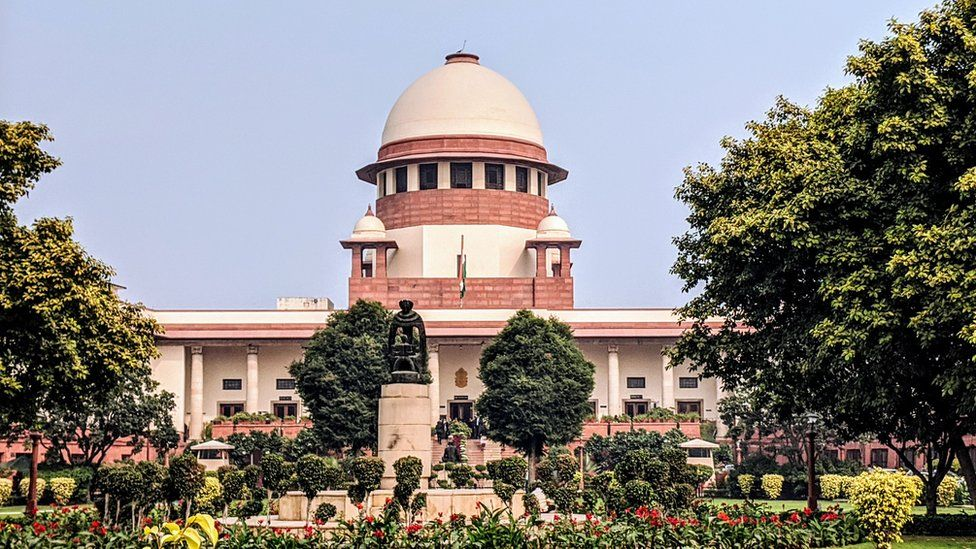Free Courses Sale ends Soon, Get It Now


Free Courses Sale ends Soon, Get It Now



Copyright infringement not intended
Context: If there is internal dissatisfaction within a party, may the governor call for a floor test? The question was raised by the Supreme Court Bench while hearing the cases related to the Shiv Sena political crisis. In response, the Solicitor General of India highlighted the Supreme Court ruling in Rameshwar Prasad v/s Union of India.
Background of Rameshwar Prasad v/s Union of India case
Supreme Court in Rameshwar Prasad v/s Union of India case
How is the present political situation in Maharashtra different from Bihar?
Must Read: https://www.iasgyan.in/daily-current-affairs/appointments-of-governors
https://www.iasgyan.in/daily-current-affairs/anti-defection-law-31
|
PRACTICE QUESTION Q. Whether the Supreme Court Judgment in the Rameshwar Prasad v/s Union of India case can settle the political tussle in Maharashtra. Discuss |
© 2024 iasgyan. All right reserved